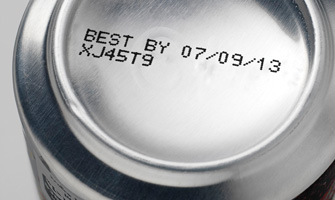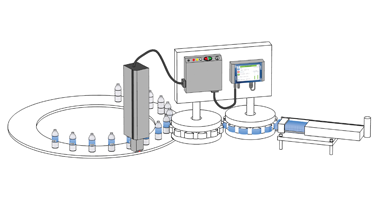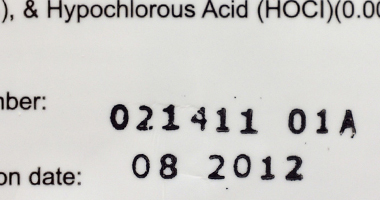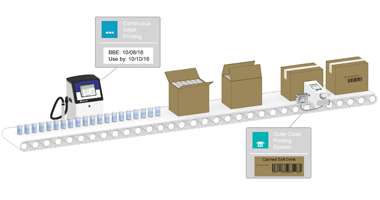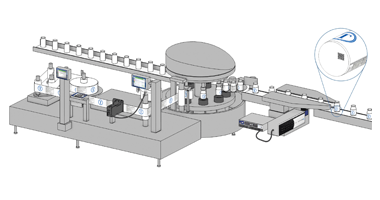In this cutting-edge technology date printing machine has revolutionized in various industries, ensuring precision, consistency, and speed like never before. Manual date stamping, prone to human error and inconsistency whereas Automatic Date Printing Printers use algorithms and mechanisms to ensure precise and uniform date impressions on different substrate.
Integrating automatic mrp and expiry date printing machine into the production line can streamlines workflow processes. With high-speed capabilities and easy integration, it reduces downtime, and enhances overall productivity.
Advantages of the Date Printer Machine is customization options. You can choose from alternative date format, increase, or decrease font size, or want to print in different languages, this machine caters to diverse industry needs with ease. Furthermore, it can be used to print on various packaging materials with different shapes & size, ensuring compatibility without compromising on quality or efficiency.
Videojet’s Automatic Date Printing Machine not only meets regulatory requirements but also enhances traceability throughout the supply chain. By printing clear and legible date codes, it enables tracking of product and ensuring consumer safety.
Our industrial printing machines also contributes to environmental sustainability by minimizing waste.
Inkjet Date Coding Machine: An automatic inkjet date coding machine can be use to print batch numbers, MRP or other relevant information onto products or packaging along with date. These machines use inkjet technology to apply the information directly onto the surface of the product or packaging material.
Laser Date Coding Machine: Automatic laser date coding machine is another type of industrial marking and coding machine use for marking date codes, batch numbers, expiration dates, and other information on products or packaging. Instead of inkjet technology, these machines utilize laser technology for marking.
TTO Date Coding Machine: A TTO (Thermal Transfer Overprinting) date printing machine is a type of printing machine used in industrial settings for printing variable data such as date codes, batch numbers, expiration dates, and other information onto packaging materials.
Categories
- Automatic Batch Coding Machine
- Automatic MRP Printing Machine
- Bagging Machines
- Bottle Filling Machines
- Carton Labeler
- Extruder Machines
- Flexible Product Packaging
- Food Packaging
- Forming Machines
- Product Marking
- Product Coding
- Production Lines
- Product Labeling
- Tetra Pack Printing
- Tracking & Traceability
- Vacuum Sealers
- Variable Data
Contact Us
Sales and Marketing contact:
9:30 AM – 6:30 PM (Monday – Friday)
Service and Technical support


